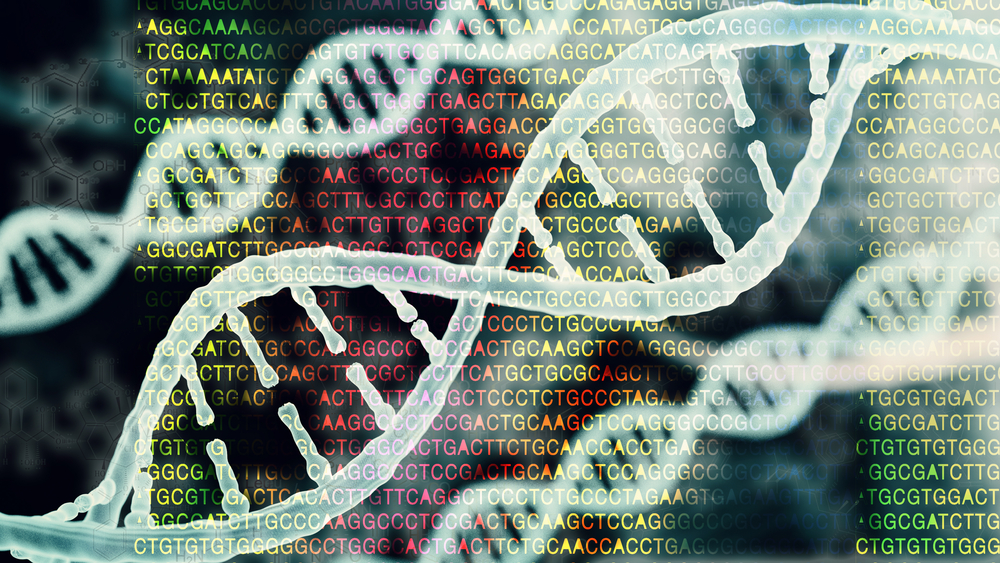Boy With aHUS Due to Rare Mutation Responded Well to Soliris, Report Finds

A child with atypical hemolytic uremic syndrome (aHUS) caused by a mutation in the DGKE gene and with low levels of complement C3 — suggesting complement system dysregulation — responded well to treatment with Soliris (eculizumab), a case study reported.
This case highlights the need for clinical trials that define a proper management protocol for people with these rarer forms of aHUS, its scientists noted.
The case study, “A patient with a homozygous diacylglycerol kinase epsilon (DGKE) gene mutation with atypical haemolytic uraemic syndrome and low C3 responded well to eculizumab: a case report,” was published in the journal BMC Nephrology.
aHUS is typically associated with genetic mutations leading to a dysregulation of the alternative pathway of the complement system, whose proteins normally work to protect against disease-causing microbes.
But in some rare cases, aHUS is associated with mutations in genes that are unrelated to the complement system, including the DGKE gene.
“DGKE gene mutation can lead to aHUS with theoretically no complement dysregulation,” its scientists wrote. “However, some patients with this mutation show alternative complement pathway activation.”
Researchers described the case of a 4-year-old boy, whose brother died of sepsis (blood poisoning) related to C3 glomerulonephritis (C3G) at that same age. Like aHUS, C3G is an inflammatory disease caused by complement system dysregulation that primarily affects the kidneys.
When the boy was 3 years old, he was hospitalized with a fever of 103.1 F (39.5 C), vomiting, high blood pressure, lower limb swelling, a distended abdomen, and puffiness around the eyes.
Lab tests revealed signs of aHUS, including low levels of hemoglobin, haptoglobin, platelets, and complement C3, and elevated levels of lactate dehydrogenase. Of note, hemoglobin is the protein that transports oxygen in red blood cells, and haptoglobin is a protein that helps control its levels; lactate dehydrogenase is a marker of red blood cell destruction.
The boy also had red blood cell fragments, as well as high protein levels and red blood cell counts in the urine. He was diagnosed with complement-mediated aHUS, and treated with Soliris at an initial intravenous (IV) dose of 600 mg, followed by 300 mg every two weeks.
He began showing signs of improvement after two doses of Soliris, with his hemoglobin levels and platelet counts rising, and his C3, haptoglobin, and lactate dehydrogenase levels normalizing. He also was given amlodipine and lisinopril to control his high blood pressure, which helped to reduce swelling.
Six months later, the boy was in remission and being treated with 300 mg of Soliris every other week. With the exception of moderately elevated protein levels in the urine and low blood albumin levels, his lab results were in the normal range.
A genetic test showed the boy had a disease-causing mutation in the DGKE gene.
After his Soliris dosing schedule was changed to 300 mg every three weeks, the swelling returned and was treated with furosemide, a diuretic. Despite this medication, protein levels in the urine rose and his blood albumin levels dropped over the following four months.
He was switched back to 300 mg Soliris every two weeks, and after two doses these symptoms began again to ease. After four months, the patient remained stable while continuing treatment with Soliris at the same dose.
“This case report describes a patient with aHUS due to a DGKE gene mutation and low C3 levels who responded to eculizumab, adding to the previously reported cases of patients with DGKE gene mutations who had complete remission with no relapse with C5 blockers and/or plasma exchange,” the researchers wrote.
“A randomized controlled study on patients with DGKE mutations might be beneficial in understanding the disease and generating a management protocol,” they added.






